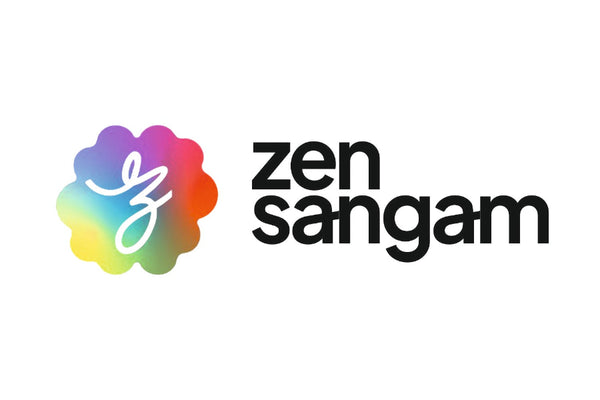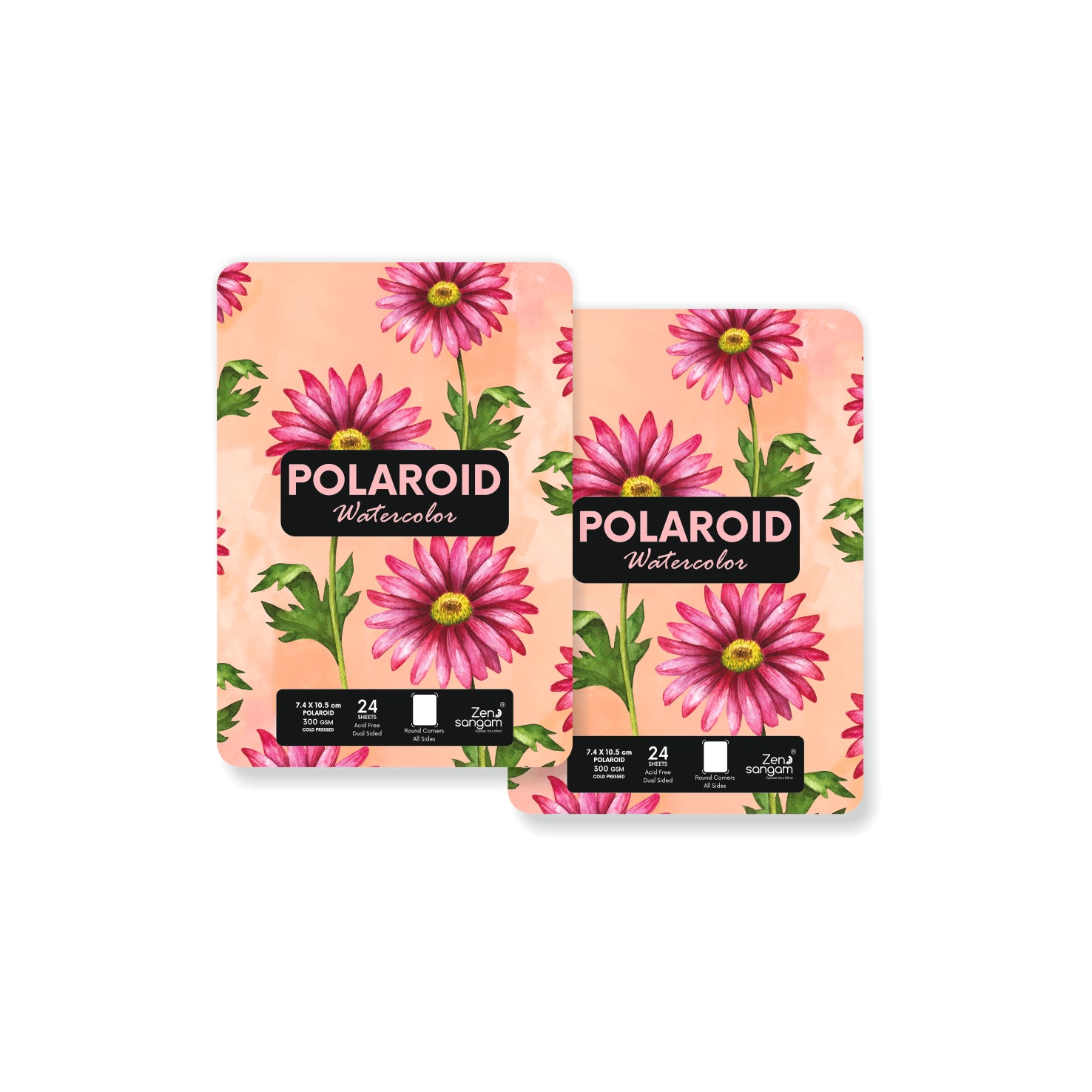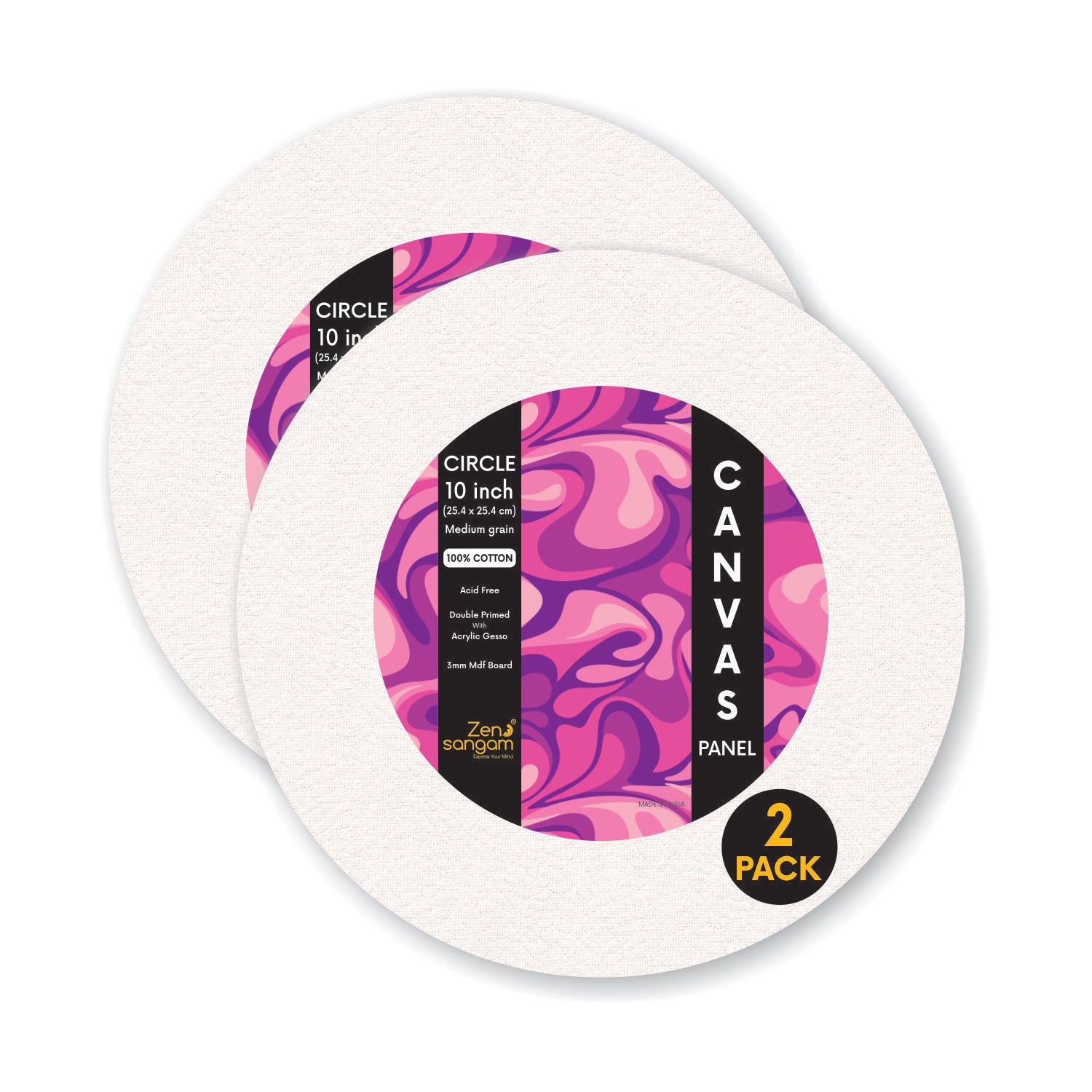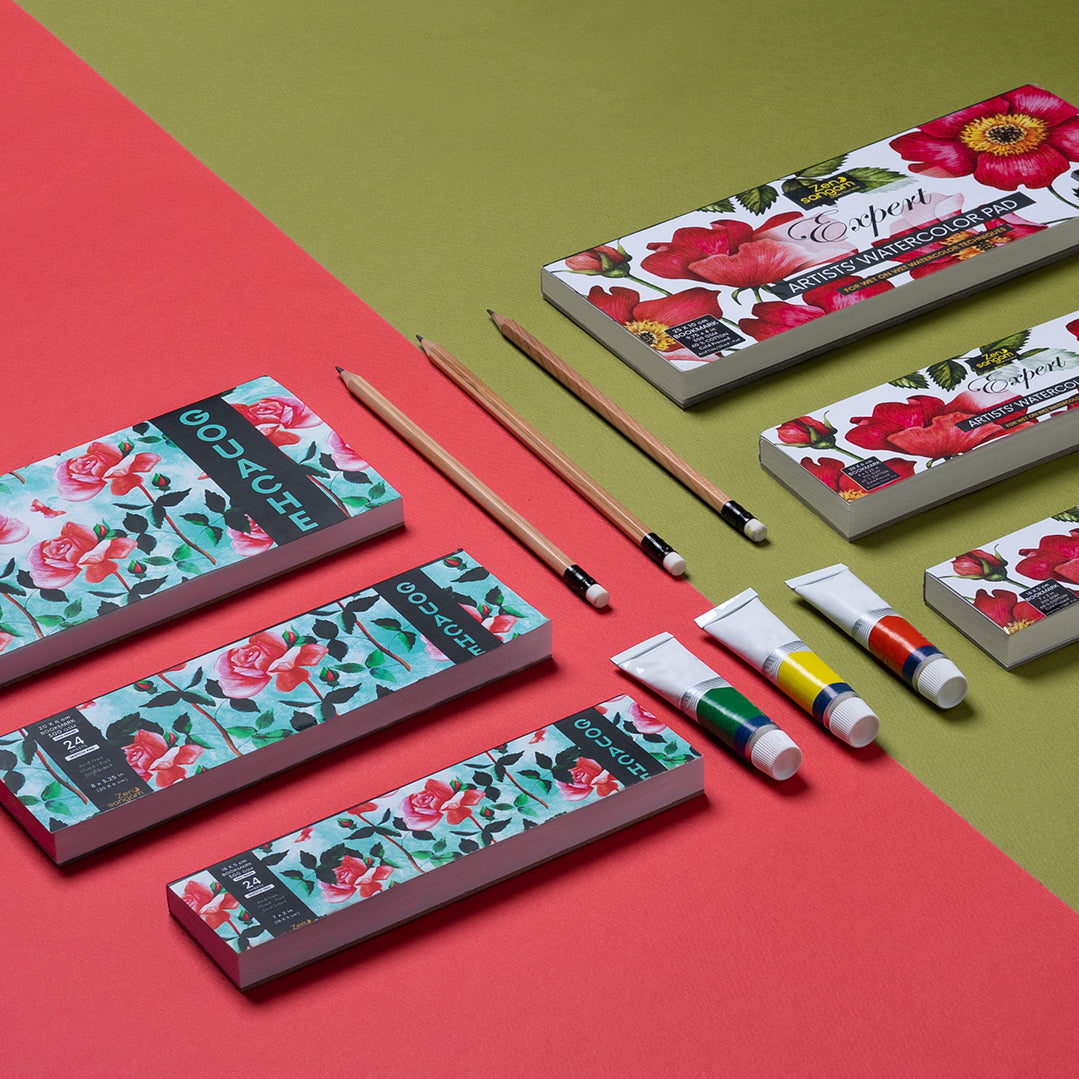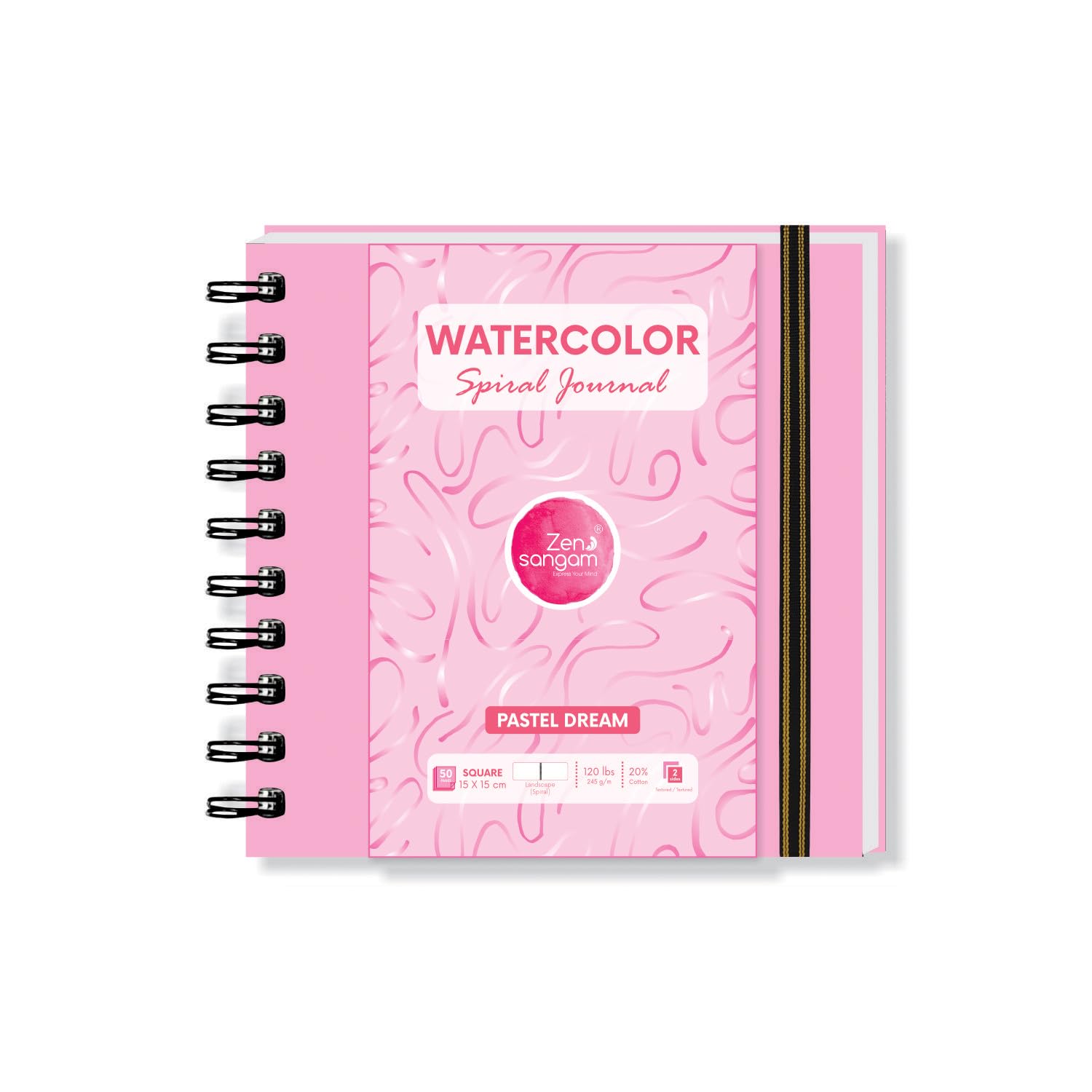Felt-tip pens make excellent tools for drawing. The variety of tips and inks available in felt-tip pens allow artists to create dimensional sketches with rich shadows and crisp lines. Drawings done in felt-tip pens can be black and white or color, or a combination of the two. Using a combination of the two is a technique that allows for the suggestion of color while using the stark contrasts a felt tip pens projects.

Basic Tips you need:
- Apply to colored paper for attractive effects.
- Overlap layers of different colors to produce a more lively effect.
- Don’t use artist fixative spray on drawings. It causes the lower layers of colors to bleed through.
- They have tapered edges that make it easier to shape lettering.
- You can do a project by finishing a drawing with a black felt tip pen and then adding suggestions of color as highlights.
New to using Felt tip pens? Here are 5 Felt Tip Pens using techniques you need to know.
1. Even coloring:
Felt Tip Pens contain liquid ink and it can make the paper so damp as to damage its structure, and that’s when the typical spots can occur. Hence it’s better to work with uniform strokes, placing light zigzags or parallel lines close together. Cross-hatching can also work, although it does involve going over the same points at least twice. Ideally this should be avoided in order to protect the paper. If you use parallel lines and follow the shape of the area you’re coloring, you should be able to create an even and what’s more an interesting Picture.

2. Transitions between colors:
Felt-tip pens are not the best for creating even transitions between colors. It can work well to use light strokes to fade out one color and light strokes to fade into another color. You can also create an attractive transition between color areas using lots of tiny dots – like pointillism.
3. Keep it Simple:
Even if you can conjure up transitions between colors using felt-tips, they tend to be more suitable for coloring in larger-scale, eye-catching areas. So a good rule is to keep things simple and let the colors do the talking. Some shades work better together than others.If you keep using harmonious color combinations, you’ll keep on producing beautiful results!

4. Mandala Coloring:
You can use different mediums for Mandala Coloring. You may start it using a felt tip pen and then you can try other mediums for filling. It all depends on which medium you're comfortable with.

5. Zentangle Coloring:
Learning to draw with a felt tip pen takes a little patience, since the ink in these pens is harder to control than the ink in a standard pen or the lead of a pencil. From these above techniques you can use to create stunning drawings.If you want to know more about other media, refer these links:
Color Pencil Using Techniques for Beginners
Crayons Using Techniques for Beginners
Markers Using Techniques for Beginners
Oil Pastel Using Techniques for Beginners
Glitter Pens Using Techniques for Beginners
Brush Pens Using Techniques for Beginners
Pencil Shading Using Techniques for Beginners
Charcoal Pencil Using Techniques for Beginners
Oil Painting Using Techniques for Beginners
Acrylic Painting Using Techniques for Beginners
Gouache Using Techniques for Beginners
To explore our Coloring Books
